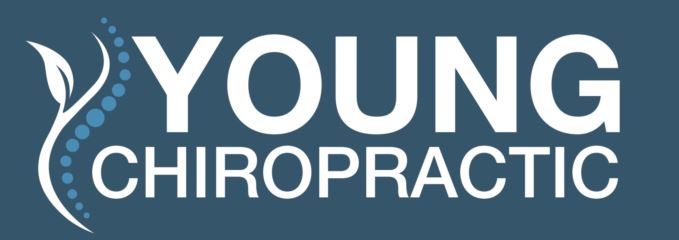Young Chiropractic Questions The Curiosity of MRIs
MRI. What does it mean for Easley back pain and related leg pain? That’s a peculiar question. Diagnosing Easley lumbar spinal stenosis does not always require an MRI for a definitive diagnosis. MRI images can be enlightening…and calling for clinical tests to establish what those images really signify. An MRI is a well-known procedure to a lot of Easley chiropractic patients seeking Easley back pain relief, but the MRI’s arranging and results need careful consideration as to when they are ordered and what they really mean for the chiropractic treatment of spinal stenosis at Young Chiropractic.
HOW TO DIAGNOSE Easley STENOSIS
Spinal stenosis is a common condition and the most common indicator for spinal back surgery in the over-65 age group. With the growth of this group, by 2025 59% of them are predicted to acquire spinal stenosis. (1) Often your Easley chiropractor can identify spinal stenosis with only a few questions and physical examination results without an MRI. Your Easley chiropractor may use the MRI as a confirming exam of the Easley chiropractic clinical examination diagnosis previously made just by seeing you.
WHAT THE Easley MRI SHOWS
In the event of a disc extrusion causing spinal stenosis where the Easley herniated disc leaks out of its outer bands and seeps out into the spinal canal physically compressing and chemically irritating the spinal nerve, an MRI revealing this often bodes well for the MRI’s owner. A year later, whether treated surgically or non-surgically, the back-related sciatica patient had less leg pain. In this case an MRI doesn’t help much in determining which patient would do better with early surgery or long conservative care. (2) And the healing of these Easley spinal stenosis related extrusions takes time and good, guided care like that from Young Chiropractic.
Know that as rates for spinal surgery increase – ten times across the US – so too do the rates of advanced spinal imaging. In a study, areas with more MRIs saw more spine surgeries (and spinal stenosis surgery specifically). (3) Understand too that what a surgeon spots on MRI affects how he or she approaches the spinal back surgery for stenosis. He/She considers the extent and location of nerve compression as well as degenerative changes at adjacent levels. Experienced surgeons agreed more with each other’s understandings of MRI images than less experienced surgeons. (1) Experienced chiropractors like yours at Young Chiropractic also are more adept at picking up on Easley spinal stenosis as the diagnosis.
WHAT TO DO FOR Easley STENOSIS AND SCIATICA
Treat it actively. Do not depend on passive care like bed rest. That is old school care. Give it time. Take part in the active, conservative care your Easley chiropractor shares with you for at least 6-8 weeks to see some change because there’s no sure difference between surgical (though quicker relief may come) and non-surgical care after a year or two. (4) Young Chiropractic utilizes the Cox Technic System of Spine Pain Management for Easley spinal stenosis and back pain relief care. The 50% Rule guides treatment frequency and treatment progress and decision-making as to when/if an MRI is required (if you have not had one taken) or surgical or other care consultation becomes necessary.
CONTACT Young Chiropractic
Schedule a Easley chiropractic appointment to see your Easley chiropractic back pain specialist about your Easley back pain and sciatica to take the curiosity out of the question about MRI’s role in your Easley back pain treatment plan.

